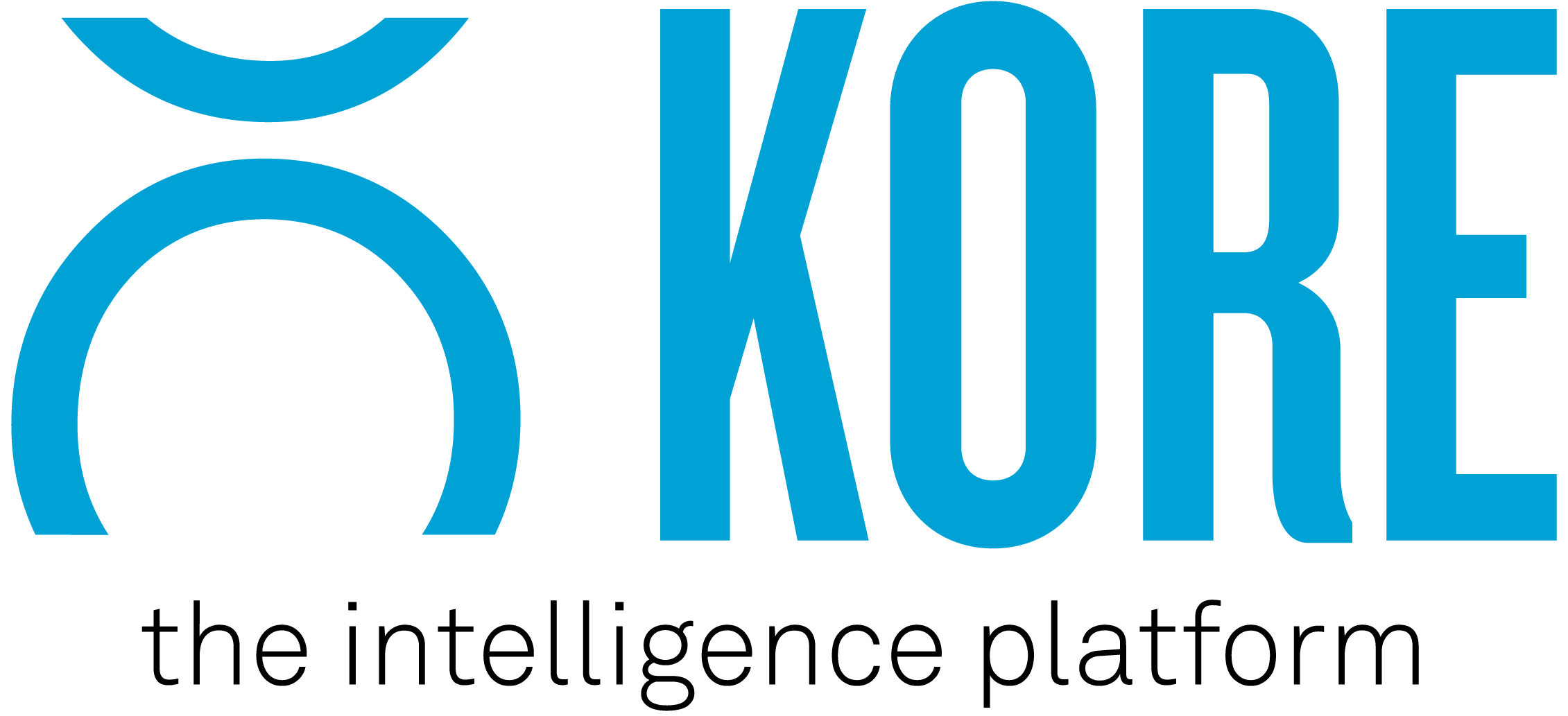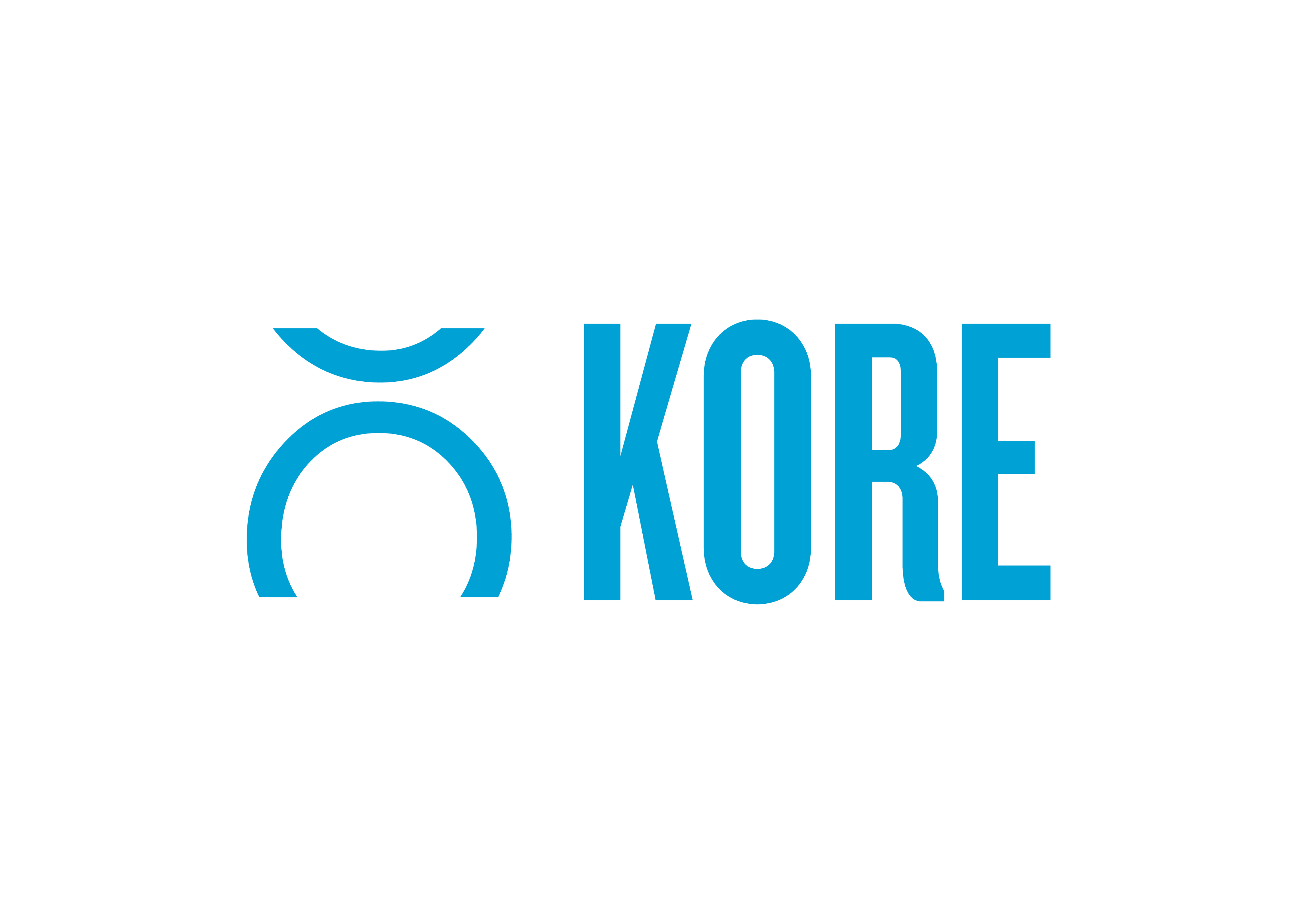When it comes to sponsorships, it’s important to take things slow and steady in order to get the most out of them. This means taking the time to understand what you want to achieve before diving into data analytics. Without a clear goal in mind, it can be difficult to know what information is relevant and how to use it effectively. Before defining partnership goals, it’s important to ask yourself a few questions:
- What are our overall objectives for this partnership?
- What are our goals for this partnership?
- What KPIs will we use to measure success?
Taking the time to answer these questions will help you focus on the data that matters most and make sure your partnership is heading in the right direction. We recommend following these three steps for defining your partnership objectives.
Once you have a good understanding of your goals, you can start looking for partners that match your criteria. It’s important to be as specific as possible in order to avoid wasting time and resources on unsuitable matches. Our new Portfolio Optimization Platform holds our Intake tool which helps brands find the right partnership matches based on the criteria defined by identifying your objectives and key results (OKRs). With Intake, the best matches will be surfaced regardless of the volume of submissions, so it can scale with your business needs.
When organizations are clear on their partnership objectives, and what they stand for, the framework needed to create unique collaborations quickly falls into place.
Once you’ve found a partner, it’s essential to manage the relationship effectively. This includes setting up regular check-ins, tracking progress against goals, and making changes when needed. Implementing a data-driven approach will help make sure all of these steps are carried out smoothly. Using a tool like Evaluate Omni will allow your team to manage the performance of all your deals and assets and benchmark diverse types of partnerships against a universal set of standards.
In short, understanding data intelligence is key to successful partnerships. Using data analytics effectively and asking the right questions can help your team build successful partnerships for years to come.
Become a data-driven organization: here’s how you can help your brand stay ahead
Becoming a data-driven organization can be overwhelming, but it’s important to get organizational buy-in to make the transition as smooth as possible. One way to do this is by taking things one step at a time.
- Start by identifying a small team within the organization who will be responsible for data collection and analysis. This team should be dedicated to understanding and interpreting data, and then translating that information into actionable insights for the rest of the organization.
- Once the team is in place, it’s important to establish clear goals and objectives. These should be aligned with the overall strategy of the company and should be measurable so that progress can be tracked over time.
- Finally, it’s essential to provide training and support to ensure that everyone within the organization understands how to use data effectively. This includes not only understanding the numbers, but also knowing how to apply that information to make better decisions about partnerships and other areas of business.
By taking things one step at a time, it’s possible for any organization to become more data-driven. With a designated team dedicated and committed to leading change it’s possible to see significant improvements in performance and success evolve faster than ever.
In order to make the most of your partnerships, it’s important to understand data intelligence and use it effectively. This includes taking the time to ask the right questions and tracking progress against goals. By implementing a data-driven approach, you can ensure that all aspects of the partnership are carried out smoothly.
For more information on our centralized platform, contact us or request a demonstration to get ahead with next year’s planning




